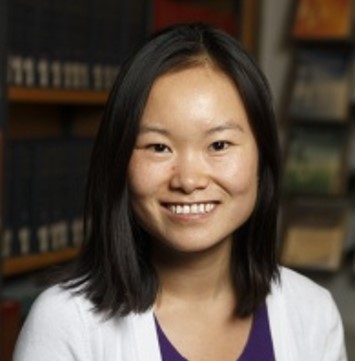Sichen Shao, Ph.D.
Assistant Professor, Department of Cell Biology
Harvard Medical School

Assistant Professor, Department of Cell Biology
Harvard Medical School
Key Words: Gene regulation, Gene expression, Premature termination codon, Genetic diseases, Development, mRNA degradation
Mutations that introduce a premature termination codon (PTC) into protein-coding transcripts cause over 10% of congenital diseases. Nonsense-mediated decay (NMD) is a dedicated cellular pathway that degrades these mRNAs to prevent the production of toxic truncated proteins. NMD also regulates the expression of normal transcripts during numerous physiological processes including blood, muscle, and neuronal cell differentiation. The importance of NMD in childhood health is underscored not only by the prevalence of PTCs in genetic diseases, but also by NMD misregulation in various cancers and neurodevelopmental disorders. Modulating NMD activity is an attractive target for treating these diseases. However, rational design of such therapeutics is limited by the lack of molecular understanding of NMD mechanisms.
NMD initiates when ribosomes synthesizing new proteins encounter a PTC. How NMD selectively activates at PTCs while avoiding normal termination codons remains a fundamental question. We hypothesize that differences in the affinities and conformations of specific interactions made by ribosomes terminating in various contexts directly alter translation termination and NMD activation efficiencies.
To test this, we will biochemically reconstitute NMD activation in a cell-free system for mechanistic and structural dissection. I previously reconstituted and captured structural snapshots of the normal translation termination pathway using electron cryomicroscopy (cryo-EM). We will build onto this experimental system to quantitatively assay NMD activation (Aim 1), reconstitute PTC recognition (Aim 2), and determine cryo-EM structures of functional intermediates of NMD activation (Aim 3). This will allow us to systematically break down this complex biological pathway into individual steps to uncover molecular insights that are intractable in the complex environments of cultured cells and model organisms. In the long term, these studies will pave the way towards developing precise tools to investigate and manipulate this complex physiologic process in vivo in order to identify new therapeutics to regulate NMD.